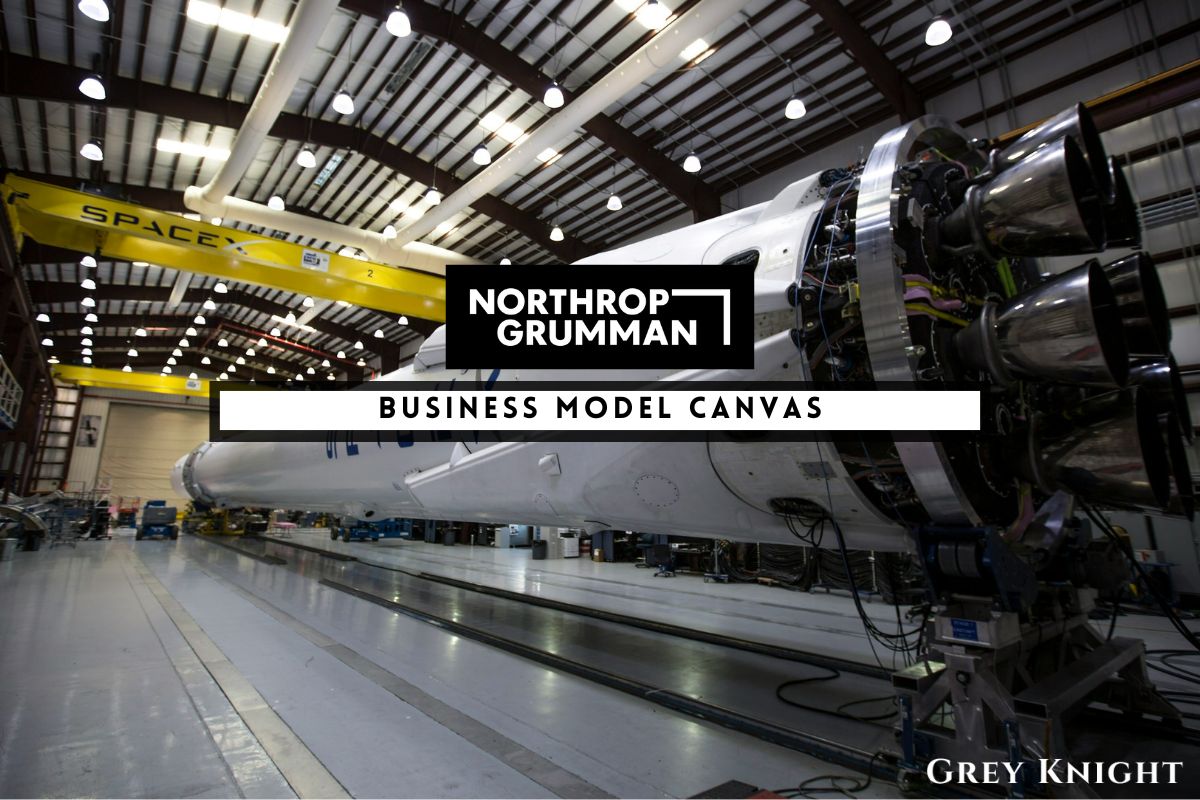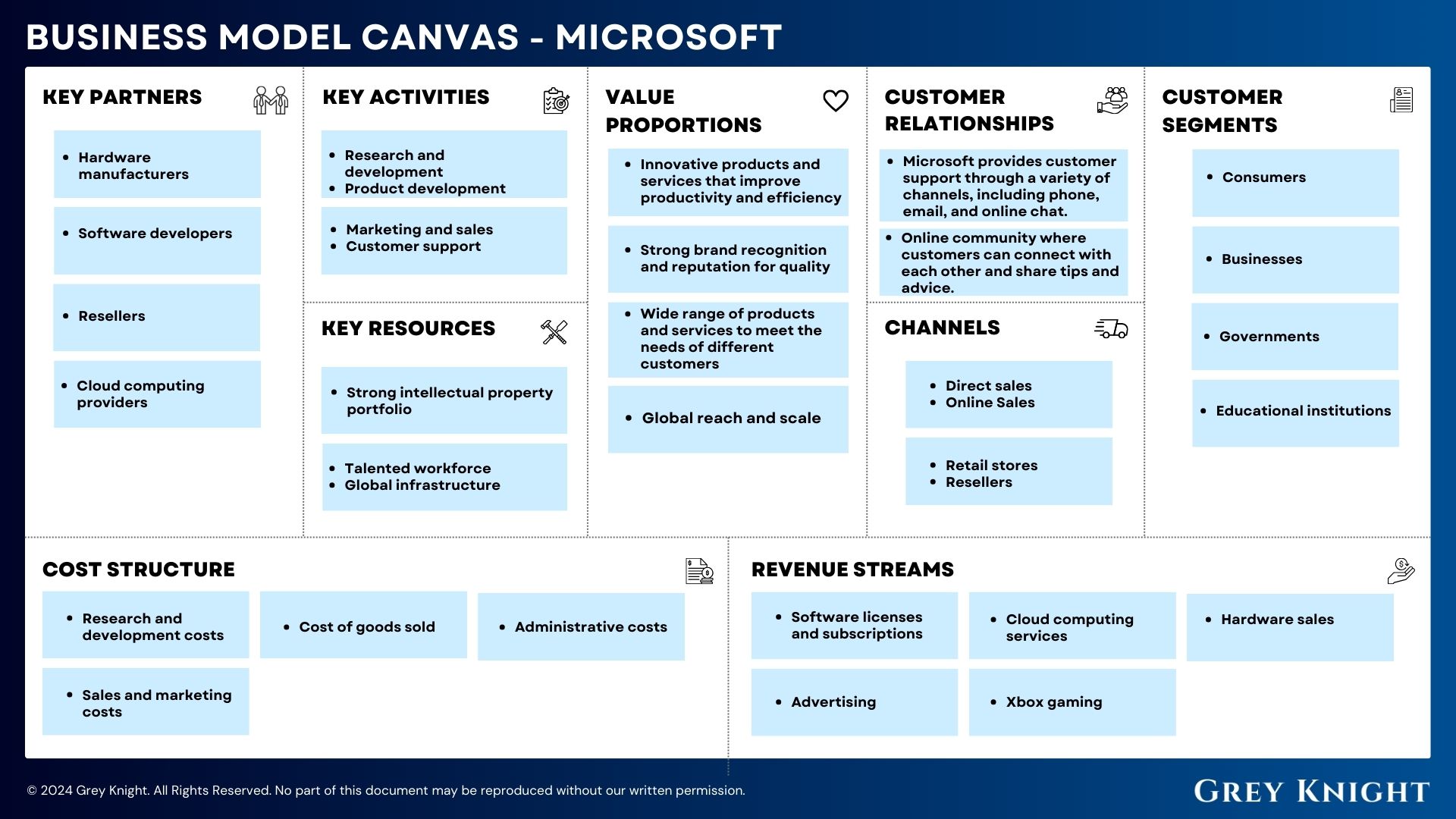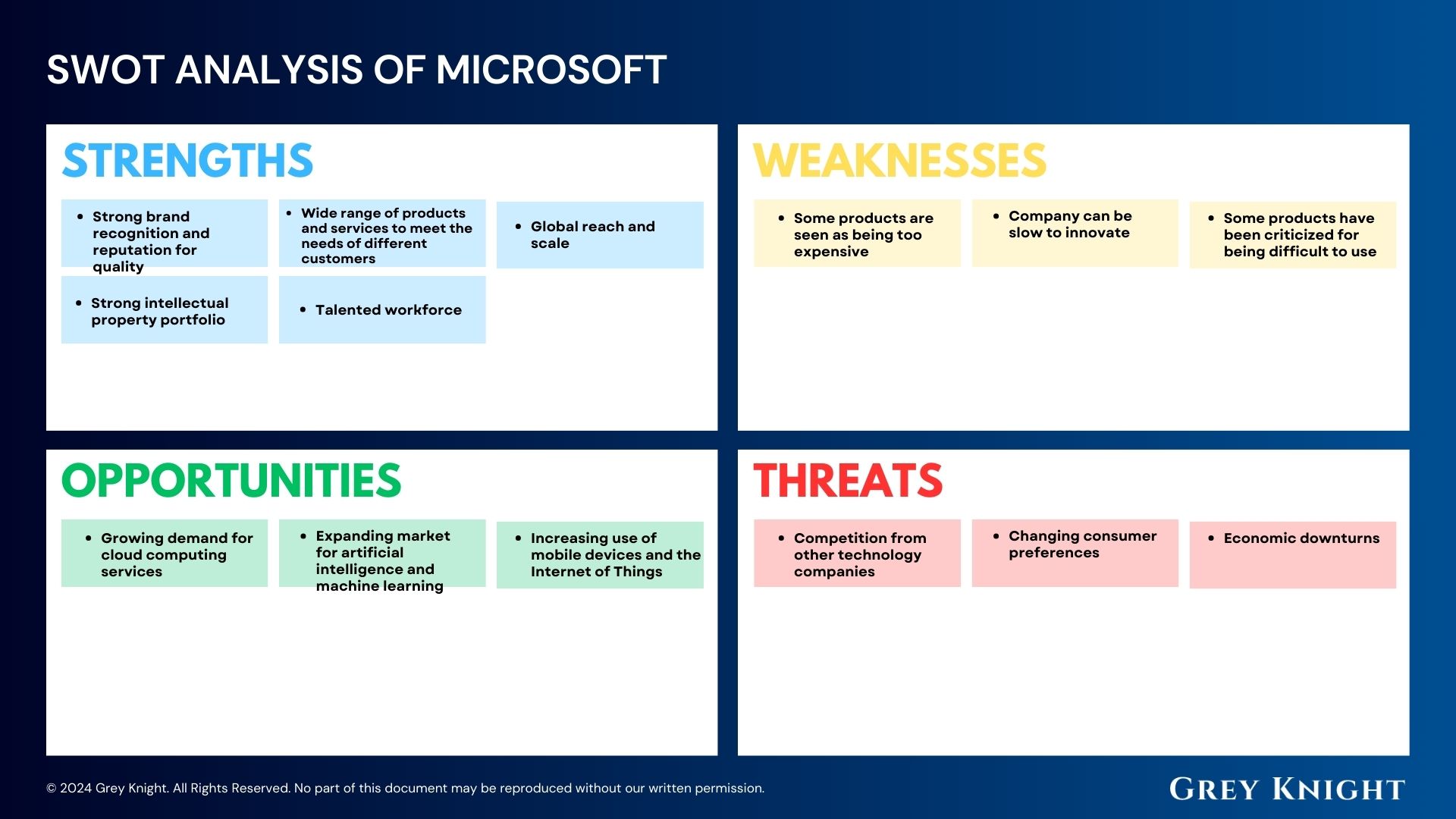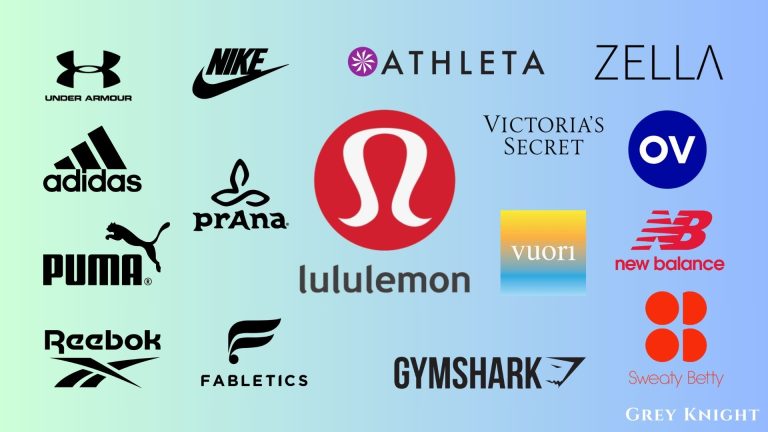Table of Contents
ToggleA Brief History of Northrop Grumman
Northrop Grumman Corporation is an American aerospace and defense technology company that was formed in 1994 through the merger of two major players in the industry: Northrop Corporation and Grumman Corporation.
Northrop Corporation was originally founded in 1939 by Jack Northrop and was known for its innovative aviation designs, including the Northrop Alpha and Northrop Flying Wing. The company became a leading manufacturer of military aircraft during World War II and continued to produce cutting-edge aircraft in the following decades.
Grumman Corporation, on the other hand, was founded in 1930 by Leroy Grumman and was known for its expertise in naval aviation. The company produced iconic aircraft such as the F4F Wildcat and the F6F Hellcat, which played key roles in World War II.
After the merger of these two companies in 1994, Northrop Grumman Corporation became one of the largest defense contractors in the world, with a focus on developing advanced technologies for military and government applications. The company has been involved in numerous major defense projects, including the development of the B-2 Spirit stealth bomber and the F-35 Lightning II fighter jet.
In addition to its military contracts, Northrop Grumman has also expanded its reach into other areas of technology, including space systems, cybersecurity, and information technology. Today, the company continues to be a leader in the aerospace and defense industry, with a strong reputation for innovation and reliability.
Who Owns Northrop Grumman?
Northrop Grumman Corporation is a publicly-owned company, which means it is owned by its shareholders. As of the latest available information, the top 10 shareholders of Northrop Grumman Corporation are The Vanguard Group, Inc, BlackRock, Inc, SSgA Funds Management, Inc, Capital Research & Management Co (Global Investors), T. Rowe Price Associates, Inc, Capital World Investors, Geode Capital Management, LLC, Norges Bank Investment Management, JPMorgan Chase & Co, and Morgan Stanley. These shareholders collectively own a significant portion of the company’s stock and have a say in its corporate governance. As a defense and aerospace company, Northrop Grumman has a diverse shareholder base which includes institutional investors, mutual funds, and individual investors.
Northrop Grumman Mission Statement
Northrop Grumman Corporation’s mission statement is to be at the forefront of technology and innovation, delivering advanced solutions to customers in the defense, aerospace, and security sectors. They strive to provide superior value to their shareholders and employees, while also contributing to the well-being of the communities they serve. With a focus on excellence and integrity, Northrop Grumman aims to be a trusted and reliable partner for its customers, delivering mission-critical capabilities that enable them to succeed in their missions.
How Northrop Grumman Makes Money?
Northrop Grumman Corporation is a global aerospace and defense technology company that generates its revenue primarily through defense and government-related contracts, as well as sales of its products and services to various government agencies and defense contractors. The company offers a wide range of products and services, including aircraft, unmanned systems, cyber security solutions, and defense electronics, among others. Northrop Grumman also provides maintenance and logistics support for its products, creating additional revenue streams. The company’s business model is heavily reliant on securing government contracts and maintaining strong relationships with its customers in the defense industry to sustain its revenue stream.
Northrop Grumman Business Model Canvas
The Business Model Canvas is a strategic tool that provides a visual representation of a company’s business model. It is used to outline the key elements of a business and helps to identify potential opportunities and challenges. The canvas consists of nine building blocks that cover the key aspects of a business, including customer segments, value propositions, channels, customer relationships, revenue streams, key resources, key activities, key partners, and cost structure.
Customer Segments:
1. Government agencies and military organizations
2. Commercial aerospace and defense companies
3. International clients and foreign governments
4. Research institutions and universities
5. Cybersecurity and intelligence agencies
Value Propositions:
1. Innovative technology solutions for national security and defense
2. Advanced aerospace and defense systems
3. Cybersecurity and intelligence solutions
4. Research and development capabilities
5. Engineering and manufacturing expertise
Channels:
1. Direct sales to government agencies and military organizations
2. Collaborations with commercial aerospace and defense companies
3. International partnerships and joint ventures
4. Online platforms and digital marketing
5. Trade shows and industry events
Customer Relationships:
1. Long-term partnerships and contracts with government agencies
2. Ongoing support and services for clients
3. Collaboration and co-creation with commercial partners
4. Feedback and input from end-users
5. Customer service and technical support
Revenue Streams:
1. Government contracts and defense spending
2. Commercial sales and licensing agreements
3. Research grants and funding
4. Maintenance and support services
5. International sales and export opportunities
Key Resources:
1. Research and development facilities
2. Advanced manufacturing capabilities
3. Skilled workforce and talent pool
4. Intellectual property and patents
5. Strategic partnerships and alliances
Key Activities:
1. Research and development of cutting-edge technologies
2. System engineering and integration
3. Manufacturing and production
4. Testing and validation of products
5. Marketing and sales efforts
Key Partners:
1. Government agencies and military organizations
2. Industry suppliers and subcontractors
3. Research institutions and universities
4. International partners and allies
5. Technology and software companies
Cost Structure:
1. Research and development expenses
2. Manufacturing and production costs
3. Employee salaries and benefits
4. Marketing and sales expenditures
5. Legal and regulatory compliance costs
Northrop Grumman’s Competitors
Northrop Grumman Corporation faces stiff competition in the defense and aerospace industries from a number of major players. Some of its top competitors include Lockheed Martin, Boeing, Raytheon Technologies, General Dynamics, and BAE Systems. These companies are all strong contenders in the defense contracting space, and Northrop Grumman must continually innovate and deliver high-quality products and services to maintain its position in the market.
Northrop Grumman SWOT Analysis
Strengths:
1. Strong presence in the aerospace and defense industry
2. Diverse range of products and services
3. Robust research and development capabilities
4. Established customer base
5. Long-standing history in the industry
Weaknesses:
1. Dependence on government contracts
2. Vulnerability to budget cuts in military spending
3. Complex and bureaucratic organizational structure
4. Limited presence in commercial markets
5. Potential conflicts of interest in government contracting
Opportunities:
1. Advancements in technology and cybersecurity
2. Growing global demand for defense and security solutions
3. Expansion into international markets
4. Potential for commercial space exploration opportunities
5. Strategic partnerships and acquisitions
Threats:
1. Intense competition in the industry
2. Regulatory risks and compliance challenges
3. Geopolitical instability affecting global operations
4. Economic downturns impacting defense spending
5. Rapid technological advancements affecting product obsolescence
Concluding Analysis
In the ever-evolving landscape of the aerospace and defense industry, Northrop Grumman Corporation has proven itself to be a resilient and innovative player. With a solid business model focused on delivering cutting-edge technology and a strong track record of success, it is clear that the company is poised for continued growth and success in the future. As an analyst, I am confident in Northrop Grumman’s ability to adapt to new challenges and capitalize on emerging opportunities, solidifying its position as a leader in the industry. The company’s commitment to excellence and continuous improvement makes me optimistic about its future prospects, and I look forward to seeing how it continues to shape the business landscape in the years to come.
Additional Resources
To keep learning and advancing your career, we highly recommend these additional resources:
Business Model Canvas of The Top 1,000 Largest Companies by Market Cap in 2024
A List of 1000 Venture Capital Firms & Investors with LinkedIn Profiles
Peter Thiel and the 16 Unicorns: The Legacy of Thiel Fellowship












